Emperor Wu of Zhou ruled the Northern Zhou dynasty from 560 to 580 and is credited with unifying the northern part of ancient China during a particularly chaotic period known as the Northern and Southern Dynasties period, which lasted from 420–589.
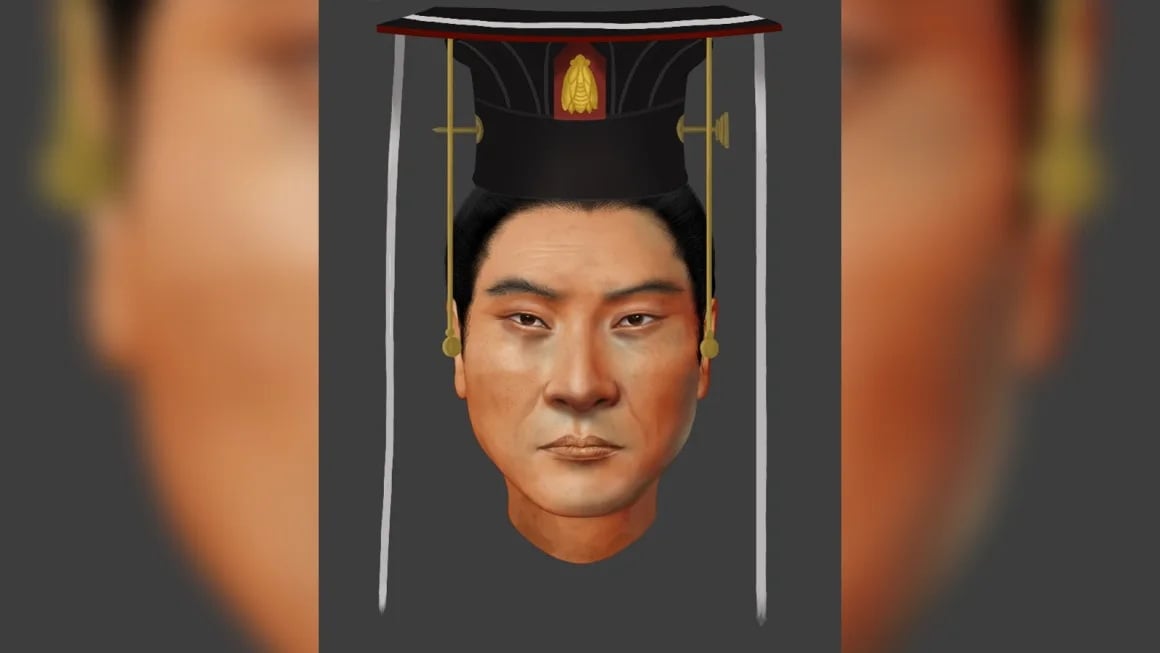
The reconstructed face of Emperor Wu of Zhou, who ruled the Northern Zhou dynasty in northern China from 560-580. Photo: CNN
According to history books, Emperor Wu of Zhou's real name was Yuwen Yong. He was considered an intelligent monarch who knew how to seize power (especially through eliminating the powerful minister Yuwen Hu) and was good at conquest.
Archaeologists discovered the tomb of Emperor Wu of Zhou in northwestern China in 1996. In a study published Thursday (March 28) in the journal Current Biology, a team analyzed genetic material from the king's remains, which included a nearly complete skull. They gathered information about his appearance, health, genetics, and ancestry.
Emperor Wu of Zhou belonged to a little-studied nomadic group called the Xianbei who lived in what is now Mongolia and northern and northeastern China. Analysis of his DNA sequenced from his genome revealed that he had brown eyes, black hair, and dark to medium skin tone.
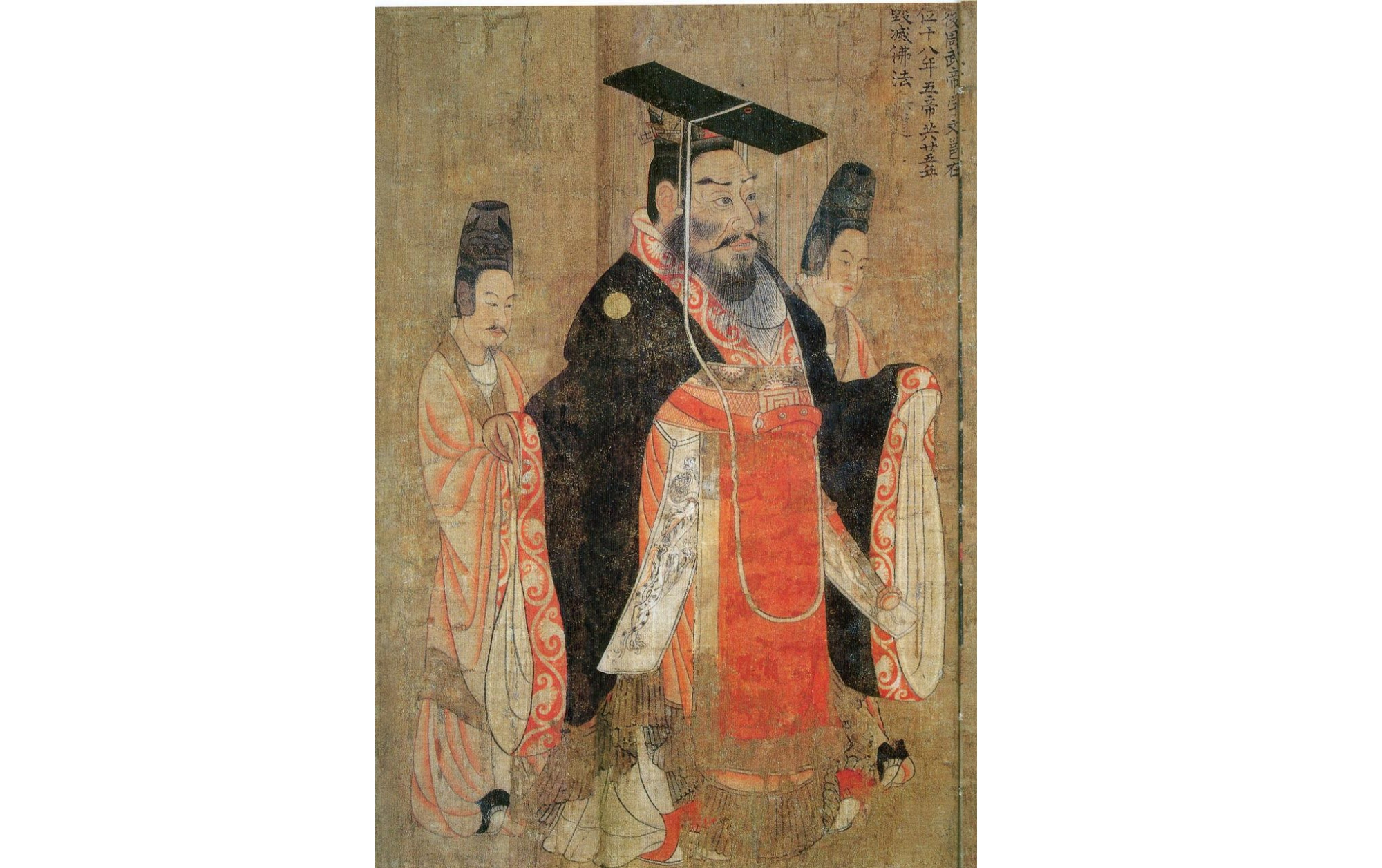
Emperor Wu of Zhou through the strokes of a Tang Dynasty painter. Photo: Wiki
“Some scholars have said that the Xianbei people had ‘strange’ appearances, such as thick beards, high nose bridges, and blond hair. Our analysis shows that Emperor Wu of Zhou had typical East or Northeast Asian facial features,” said Shaoqing Wen, study co-author and associate professor at Fudan University in Shanghai.
The authors said they hope ancient DNA can shed light on the cause of death of Emperor Wu of Zhou. According to the study, the emperor died suddenly at the age of 36. Explanations for his death given in historical texts include illness and deliberate poisoning.
The team was unable to find any definitive evidence as to why Emperor Wu of Zhou died. However, the researchers said they had discovered a genetic susceptibility to stroke, which could explain some of the symptoms historians have attributed to the ill-fated Northern Zhou emperor: drooping eyelids, blindness, and impaired gait.
The team also used genetic information from the remains, including Emperor Wu's skull, to imagine what the king might have looked like, creating a 3D facial reconstruction that humanizes a mysterious figure in Chinese history.
“The research… provides insights into the historical figure of Emperor Wu of Zhou, whose face I believe closely approximates the original and looks convincingly realistic,” said Tobias Houlton, a lecturer in craniofacial identification and forensic imaging at the University of Dundee (Scotland), who has researched facial reconstructions of historical figures.
Quang Anh ( according to CNN)
Source









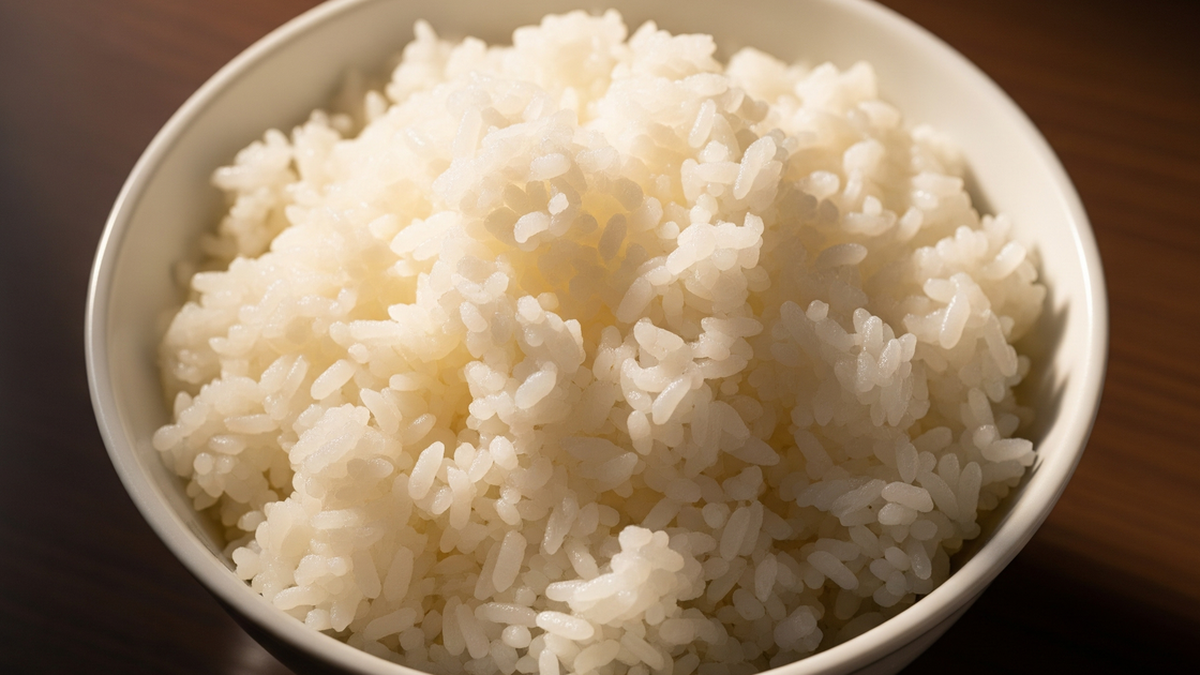






















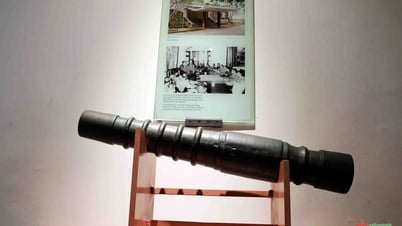

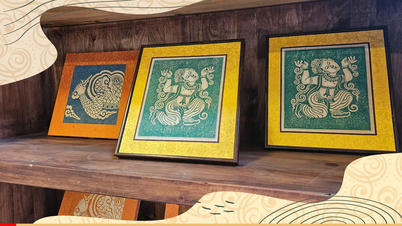



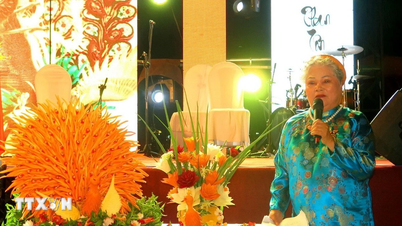

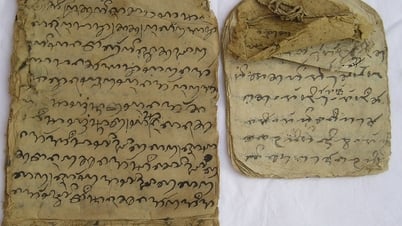





















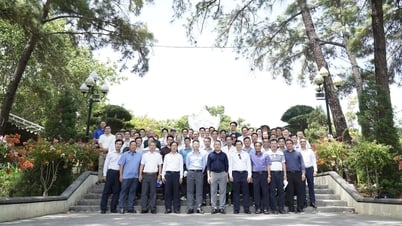








































Comment (0)